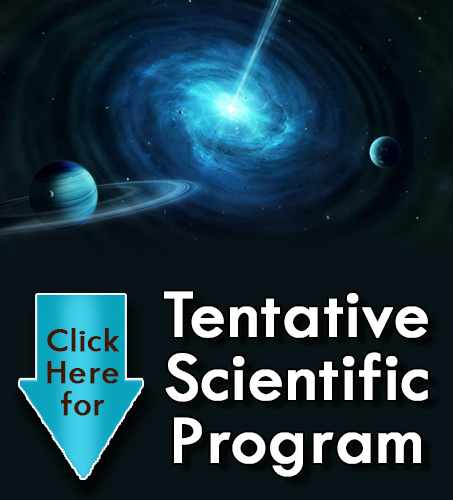Xiaolei Zhang
George Mason University, USA
Title: Giant impact and the formation of the Colorado Plateau
Biography
Biography: Xiaolei Zhang
Abstract
The Colorado Plateau is an uplifted shallow-bowl shaped high-desert plateau centered on the Four Corners area of the southwestern US, having an area of approximately 130,000 square miles and an elevation ranging from 3000-14000 ft, with an average elevation of 5000 ft. The plateau has the distingushing feature of having been little faulted or folded during the past 600 million years, whereas its immediate outer boundary areas were beset with violent orogenic and igneous activities. We propose and substantiate the hypothesis that the initial formation of the Colorado Plateau was the result of a giant impact event which occurred around 750 million years ago, the consequnce of which included also the split of the Rodinia supercontinent. The impactor was found to be of the size and mass of Planet Mars, which intercepted the Earth'a orbit in an oblique angle, with trajectory roughly in the NE to SW direction with respect to the current orientation of the North America continent. The impactor most likely originated beyond the then-mature Solar System and the impactor's entering of the Solar System's inner confines could be a result of Sun (as well as the stars and interstellar medium in the Solar neighborhood)'s passing through one of the spiral arms or spurs of the Milky Way Galaxy and the resulting perturbative shocks these streaming matters experienced, which further led to the formation of massive stars and their subsequent demise as supernovae, with the blast waves of the supernovae producing (among other things) a rogue extra-Solar planet that invaded the Earth environment. The importance of this process is supported by the observed correlation of the major catastrophic events in Earth's history to the period of the Solar system's orbit in the Milky Way Galaxy and thus to the period of the Solar' System's crossing of the Galactic spiral arms. The Earth's tectonic history thus appears to be intimately linked to the Solar System's motion within the Galactic environment.

